在这一章节,我们将:
注意:这一教程的该章节由三个Save Points(保存点),因此在以下保存点后,您可以保存您的进程,然后返回到这些保存点:
此时,版面就被保存为与同一文件夹下的.fcs 格式文件与任何.fcs文件不关联,因此出现的是空的绘图(图T29.1)。不关联.fey文件(版面),在将来遇到相似实验时,能更方便的作为一个模板运用。学习更过关于版面保存的三个选项的知识.
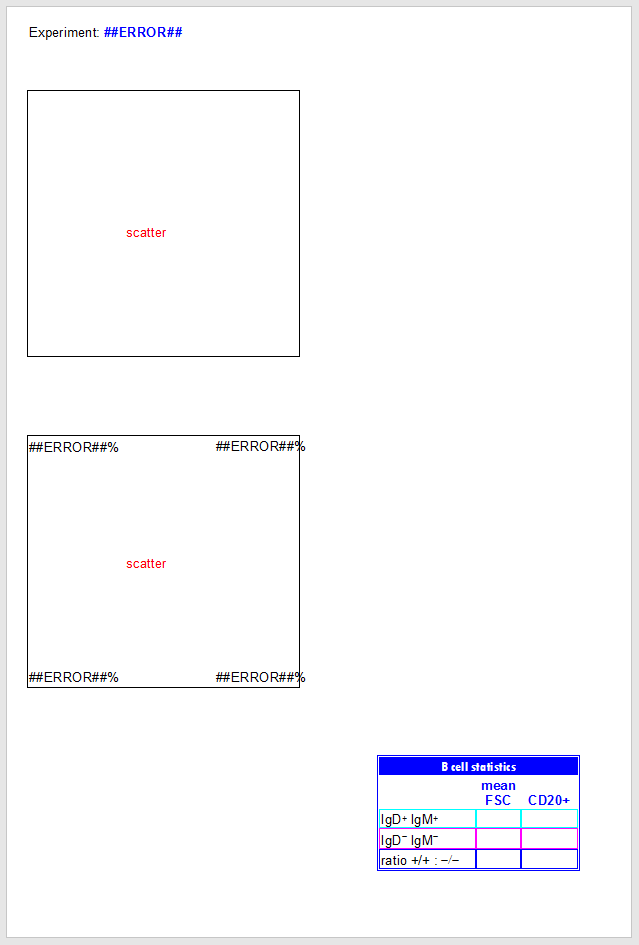
Figure T29.1 Immunophenotyping Tutorial.fey. Note that plots appear empty because the layout is saved as "unlinked".
首先,我们将更改Default Options(默认选项),这样我们的.fcs文件将衍生出Stain and Name keywords(染色和名称关键字),出现在我们的绘图坐标轴.
| 现在,针对坐标轴上,将带有描述的关键字(与.fcs文件一起保存的)标签,关键字这一版面中。 |
我们现在将加载一个.fcs文件到绘图中.
| 4. | 选择左边的Data(数据)标签→Change Data on All Objects(修改所有对象上的数据)→Select(柱状图) (图T29.2 ). ). |
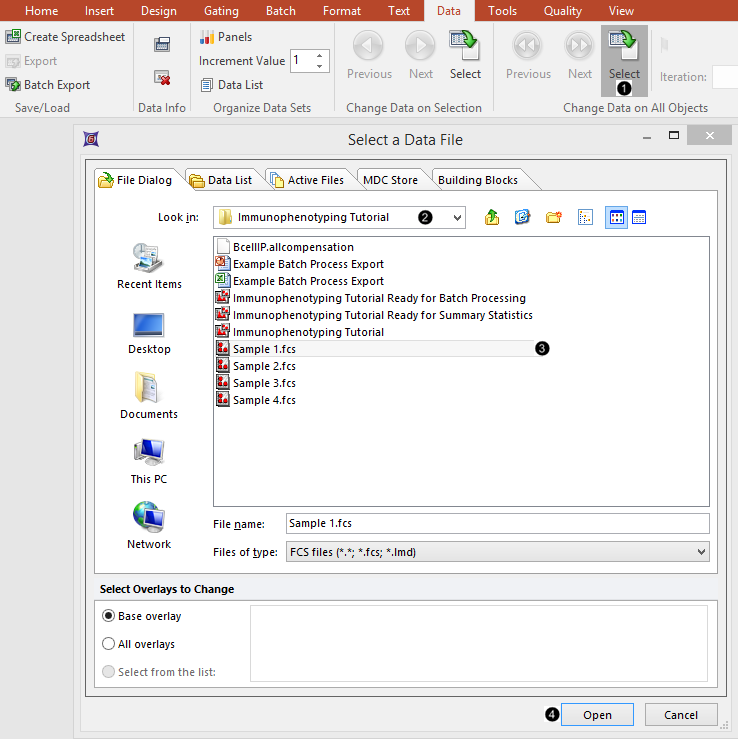
Figure T29.2 Loading .fcs files into the plots
| 6. | 在 in the选择 "Immunophenotyping Tutorial"对话框中点击“error bars(误差线)”(图T29.2 ). ). |
| 7. | 点击Open(打开)(图T29.2 ). ). |
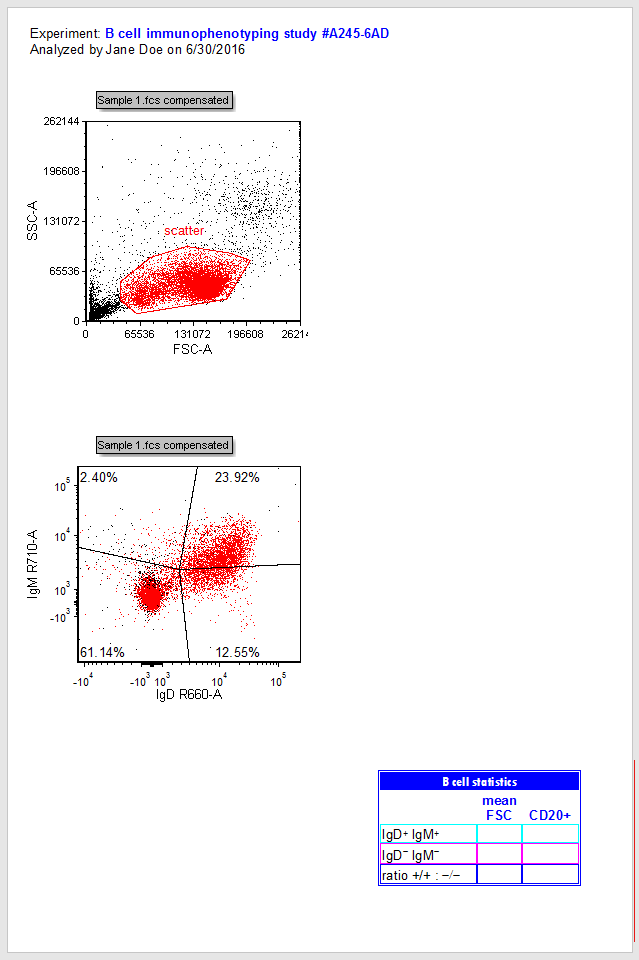
Figure T29.3 2D plots after changing file
| 8. | 再点击 "scatter"红色门边框内点击,并按住鼠标左键不放(图T 29.4)。 |
| 9. | 将"scatter"门从绘图中拖拽到其右边的空白版面处(图T29.4 ),持续按住鼠标不放。 ),持续按住鼠标不放。 |
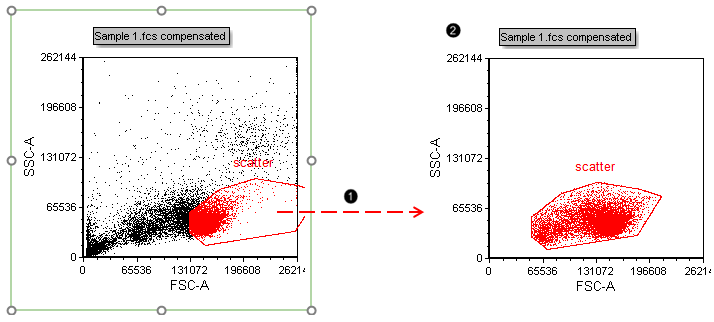
Figure T29.4 Dragging and dropping the "scatter" gate out of a plot to make a new plot gated on "scatter"
| 10. | 当光标处于版面原始绘图右边空白处时,松开鼠标。 |
| 拖拽结束时,圈中该"scatter"门的新的绘图将出现(图T29.4 ). ). |
| 12. | 点击 "CD45 V800-A从弹出列表中选择它作为Parameter(参数)from the pop-up list.您也可以将CD45 V800-A键入到列表顶部的空字段中T29.5)。 |
现在新绘图X-坐标轴上的参数就变成了"CD45 V800"。注意:本教程中的第3步允许Stain (CD45)和Name (V800-A)关键字出现在坐标轴上。在您参数选择的这一改变,将影响在当前FCS ExpressUser Profile(用户简况)下,所有的版面创建.
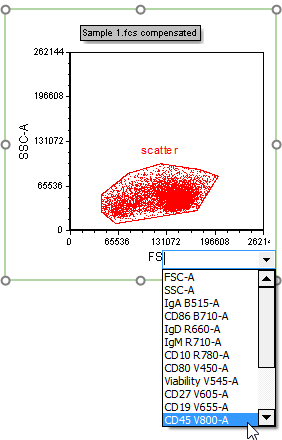
Figure T29.5 Changing the X-parameter of a plot
| 13. | 重复 steps 11 and 12 第11-13步,选择“CD19 V655-A”作为新的参数。此时绘图将如图T29.6)。 |
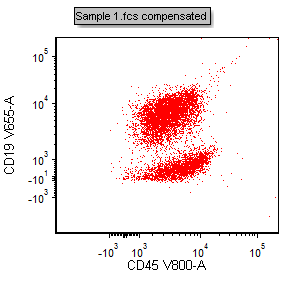
Figure T29.6 Plot with X- and Y-parameters changed to CD45 V800-A vs CD19 V655-A
| 14. | Select the中的Create Gates(创建门)命令组中的命令来完成(图T4.1),且除了标识(一维)以外,所有门均可通过在二维绘图的弹出菜单上选择标签创建 Gates(创建门)→Polygon(多边形门)(图T29.7)。 |

Figure T29.7 Selecting a gate shape from the Gating tab of the ribbon
| 15. | 在右边绘图的CD45+CD19+群外围(如下图所示)每个顶点处点击一下,用以创建门(图T29.8)。 |
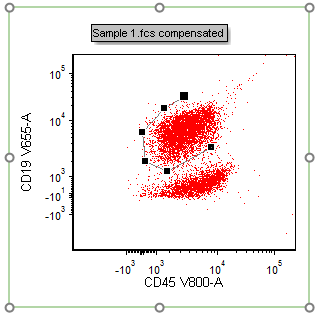
Figure T29.8 Drawing a polygon gate
| 16. | 通过点击您定义的第一个顶点,将门封闭完成(图T29.9 ). ). |
| 、一个对话框中。将出现,可在此对话框中对门名称、颜色和包含/排除属性进行定义。 |
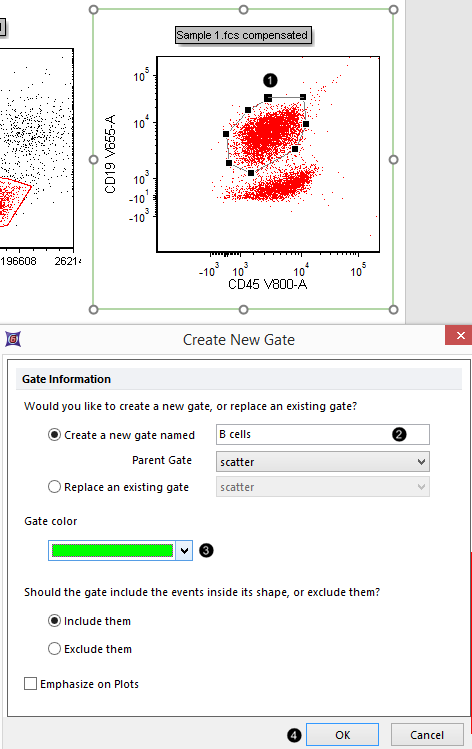
Figure T29.9 Closing and naming a polygonal gate
| 17. | 请在Create a new gate name(创建一个新门的名称)处输入"immunophenotyping study"(图T29.9 ) ) |
| 18. | 选择下拉选择中从bright green下拉式菜单中选择 "double negative(双阴性)"。 (图T29.9  ). ). |
| 19. | 点击OK(图T29.9  ). ). |
| 20. | 选择File(文件)标签Save As(保存为),将该版面保存为相连接 (从下拉菜单中选择的第一个选项(图4.2)在该章节之后的时间,您可以点击该页面顶端的Save Point #1来回到这一步骤。 |

Save Point #1 (Step 21)
我们现在将通过对左下角的"B cells"门进行gating the plot(圈中绘图)方式,来对B细胞群体的表型进行详细了解。
| 21. | 在绿色"B cells"门边框内任意地方点击鼠标左键,并按住不放(图T29.10)。 |
| 22. | 将该门拖拽到左下角的绘图中。拖拽时,门轮廓的影子将沿着虚线箭头移动(图T29.10 ). ). |
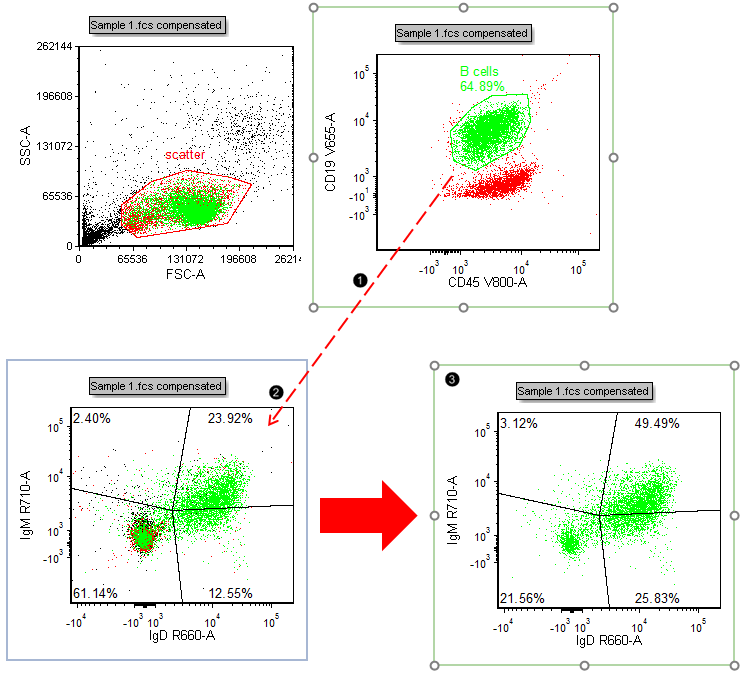
Figure T29.10 Gating a plot by dragging and dropping a gate from another plot
| 23. | 当左下角绘图的轮廓变为蓝色,松开鼠标左键(图T29.10 ). ). |
| 此时,左下角的绘图圈中了"B cells",看上去如图T29.10 . . |
| 24. | 选择Format(格式)标签→Change(更改)从 (更改绘图类型) (图T29.11)。所示)。 |
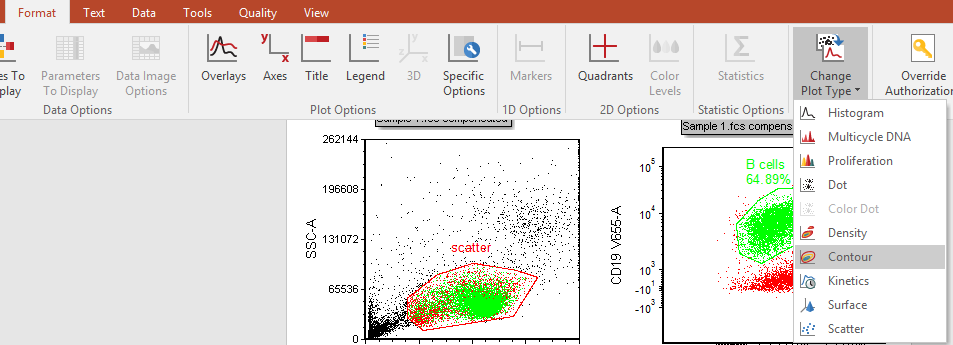
Fig. T29.16 Changing plot type
| 25. | 点击Contour(等高线)(图T29.11)。). |
可选操作:添加outlier dots(离群点)到Contour Plot(等高线图)中,具体操作见步骤27-32步。如不进行可选操作,直接进入第33步.
| 26. | 请右键点击Contour Plots(等高线图). |
| 27. | 选择Format(格式)(图T29.12,鼠标光标处)。 |
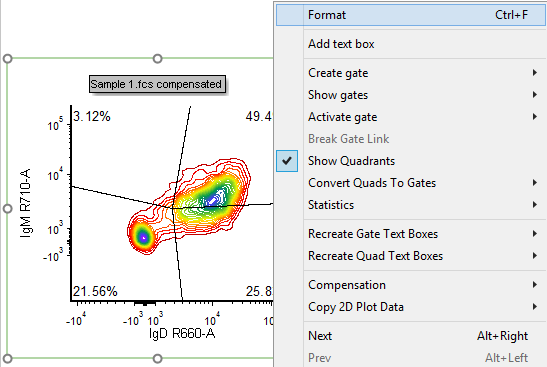
Figure T29.17 Right-clicking on a plot to reformat its appearance
| 28. | 点击Overlays(数据层)项目类别((图T29.13 ). ). |
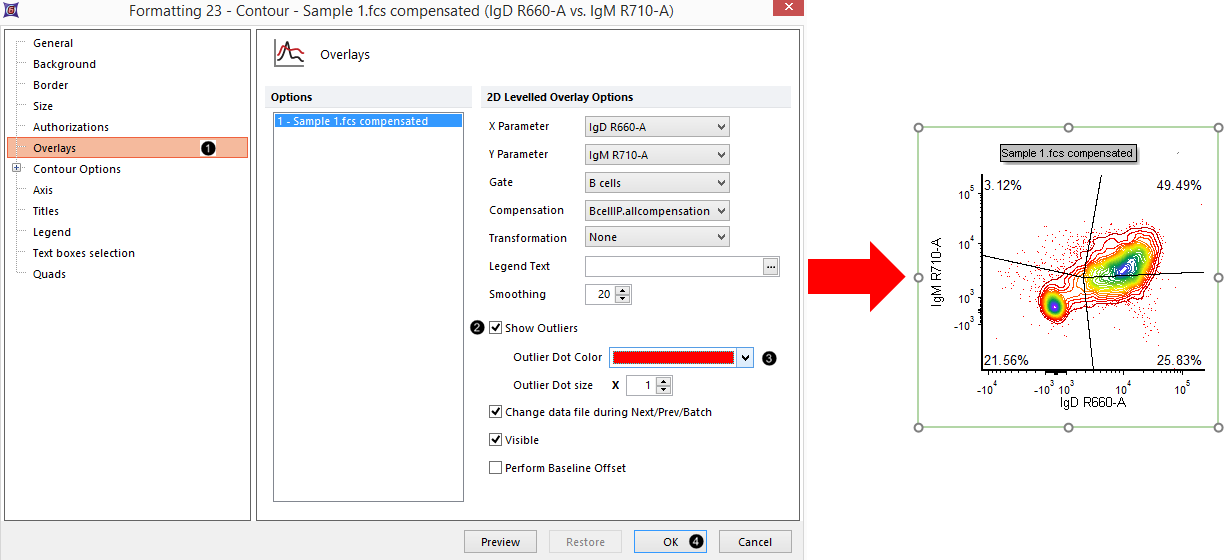
Figure T29.18 Adding outlier dots to a contour plot
| 29. | 选中Show Outliers(显示离群值)复选框(T29.13 ). ). |
| 30. | 将Outlier Dot Color(离群点颜色)为红色(T29.13 ). ). |
| 31. | 点击OKBatch Processing(批处理)T29.13 ).此时,绘图看上去和图T29.13所示. ).此时,绘图看上去和图T29.13所示. |
我们现在将详细检测B-cells中IgD/IgM双阴性和IgD/IgM双阳性的表型。
| 32. | 按住象限的十字交叉点(如图T29.14所示),将十字象限拖拽到一个合适的位置,让双阴性和双阳性群体更好的划分。 |
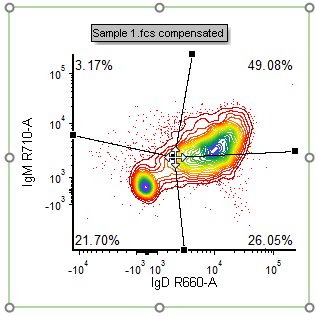
Figure T29.14 Adjusting the central quadrant vertex
| 34. | 选择Convert Quads to Gates(把象限转化为门)→Upper Right(右上象限)→Convert and Link(转化并链接)(图T29.15,鼠标光标处)。 |

Fig. T29.15 Converting and linking the upper right quadrant to a gate
| 35. | 重复第18-20步,但是将门的名字命名为"double positive",颜色选为版面上将会以 ,用以匹配右下角的预格式化的文本表格。 |
| 36. | 重复第34-36步,用以Convert and Link(转化并链接)此象限 Quadrant(象限)一个门上。 |
| 37. | 重复第18-20但是将门的名字命名为"double negative",颜色选为单元 ,用以匹配右下角的预格式化的文本表格。 |
| 38. | 选择File(文件)标签Save As(保存为),将该版面保存为相连接 (第二个单选按钮,展示于(图4.2),或者简单的按下Ctrl + S键, 在您已经将该版面保存为相连接Save Point #1的情况下。在该章节之后的时间,您可以点击该页面顶端的Save Point #2来回到这一步骤。 |

Save Point #2 (Step 39)
| 39. | 选择Insert(插入)标签→1D Plots(一维绘图)→Histogram(柱状图)(柱状图) (图T29.16,红色Color(颜色)). |
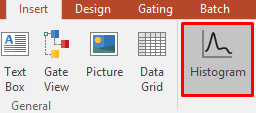
Figure T29.22 Selecting histogram from the Insert tab of the Ribbon
| 40. | 在预格式化表格上方的空白处点击鼠标左键,按住不放(图T29.17)。 |
| 41. | 按住光标,将柱状图拖放到合适的大小(图T29.17 ). ). |
| 注意:您版面中的任何绘图、文本框或其他物体”均可在任意时间重新设置大小。 |
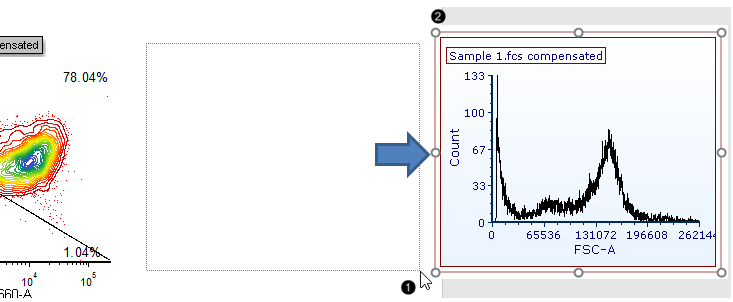
Fig. T29.17 Inserting a histogram onto the layout
我们现在将Overlay(叠加图层)在柱状图上,把"double-positive" 和"double-negative" 群体叠加在一起,用以比较他们CD20的表达。
| 44. | 选择Add Overlay(添加叠加图层)(图T29.18)。 |
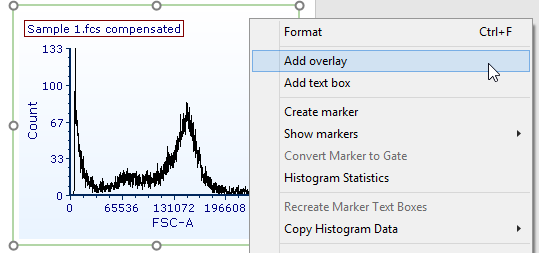
Figure T29.18 Adding an overlay to the histogram by right clicking on the plot and choosing "Add Overlay"
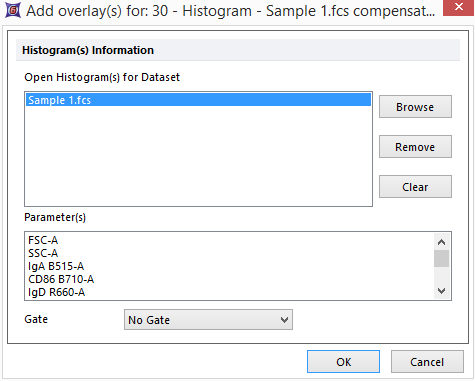
Fig. T29.19 Additional dialog box for adding overlays
| 48. | 选择Format(格式)在相关的弹出菜单(图T29.26)。 |
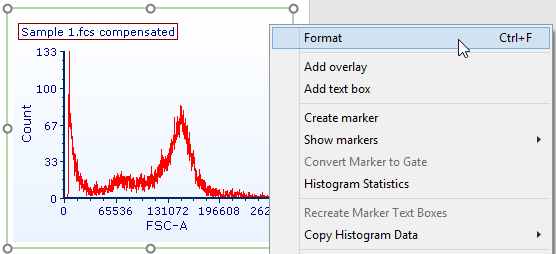
Figure T29.20 Right-clicking on the 1D-plot to access Format options
| 49. | 请选择Overlays(数据层)选项(图), ). ). |
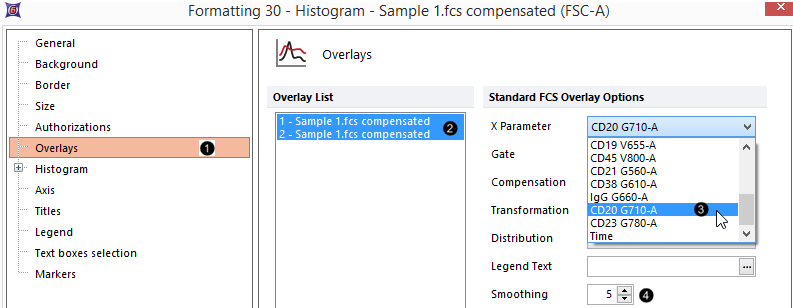
Figure T29.21 Formatting histogram overlays
| 50. | 在键盘上按住Ctrl (Control)键,通过点击选中两个数据层(图), ). ). |
| 51. | 从X Parameter(X 参数)从X参数Peak Value(峰值)(图), ). ). |
| 53. | 点击第一个数据层(“1-Sample 1.fcs compensate...”),其单独被选中(图), ). ). |
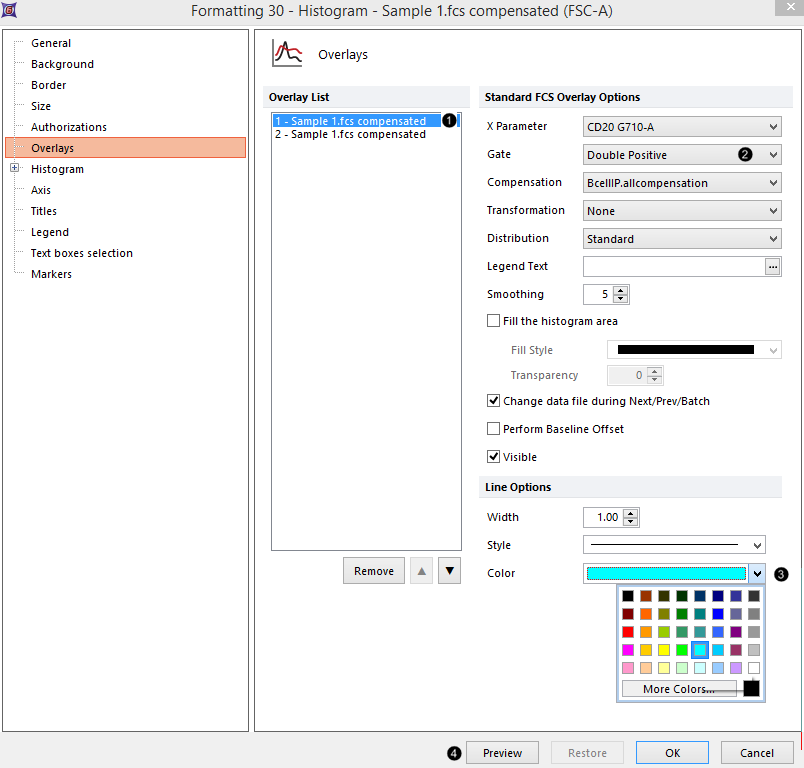
Figure T29.22 Formatting histogram overlays, continued
| 54. | 从Gate(门)从Gate(门)Peak Value(峰值)(图), ). ). |
| 55. | 选择绿色 as the变更为为(图), ). ). |
| 56. | 重复第54-56步,但这次是点击第二个数据层 ("2-Sample 2.fcs compensate...”),然后选择"double negative"作为Gate(门)和粉红色 作为变更中) |
| 57. | 点击Preview(预览)(图29.22, ).(注意:移动格式化窗口到一边,来更好的预览绘图中格式的改变) ).(注意:移动格式化窗口到一边,来更好的预览绘图中格式的改变) |
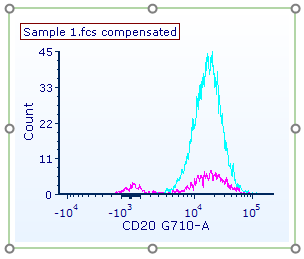
Figure T29.23 Preview of gates, colors, and smoothing applied to both histogram overlays
可选操作:标准化该柱状图,第59-62步。如不进行可选操作,直接进入第63步.
| 58. | 扩张该柱状图, 在左边的项目类别(图T29.24 ). ). |
 Figure T29.24 Normalizing a histogram |
| 59. | 点击Histogram Specific Options(柱状图特定选项)(图T29.24 ). ). |
| 60. | 选择Normalize to(标准化于)从选择Peak Value(峰值)(图T29.24 ). ). |
| 61. | 请选择Based on Value(基于该值)单选按钮(图T29.24 ). ). |
| 62. | 点击OK来关闭Formatting (格式化)窗口(图T29.25)。标准化后,该柱状图看上去类似于图T29.30所示如果不选择标准化,该柱状图看上去类似于图T29.29。 |
 Figure T29.25 Clicking OK to accept the formatting changes. |
通过在 CD20-positive群体上创建一个标识,来查看IgD/IgM双阴性和双阳性群体中CD20表达的不同。
| 64. | 选择Create marker(创建标识)在相关的弹出菜单(图T29.26)。 |
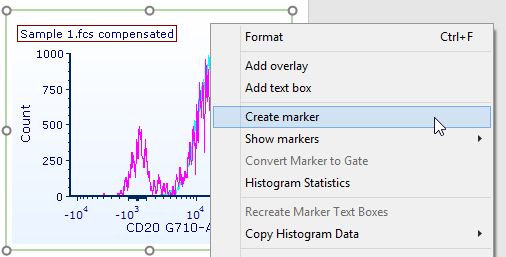
Figure T29.26 Right-clicking on the histogram to add a marker
| 65. | 在阳性群体峰值的左边点击鼠标左键,并按住不放(图T29.27)。 |
| 66. | 移动光标,跨越该阳性峰(图T29.27 ). ). |
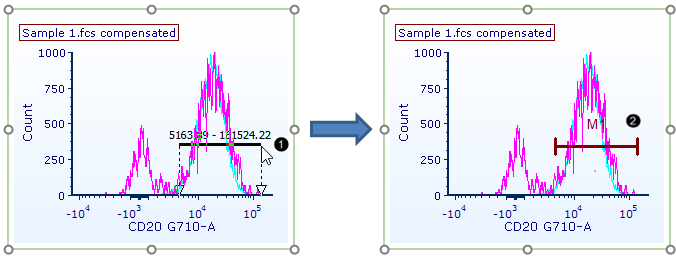 Figure T29.27 Creating a marker |
| 68. | 选择File(文件)标签Save As(保存为),将该版面保存为 相连接 (第二个单选按钮,展示于(图4.2),或者简单的按下Ctrl + S键,在您已经将该版面保存为相连接Save Point #1 or #2情况下。在该章节之后的时间,您可以点击该页面顶端的Save Point #3来回到这一步骤。 |

Save Point #3 (Step 69, end of this section)
我们现在已创建了一个带有二维绘图、柱状图、门、象限和标识的版面。下一章节,我们将添加summary statistics(概要统计)到版面中.






























